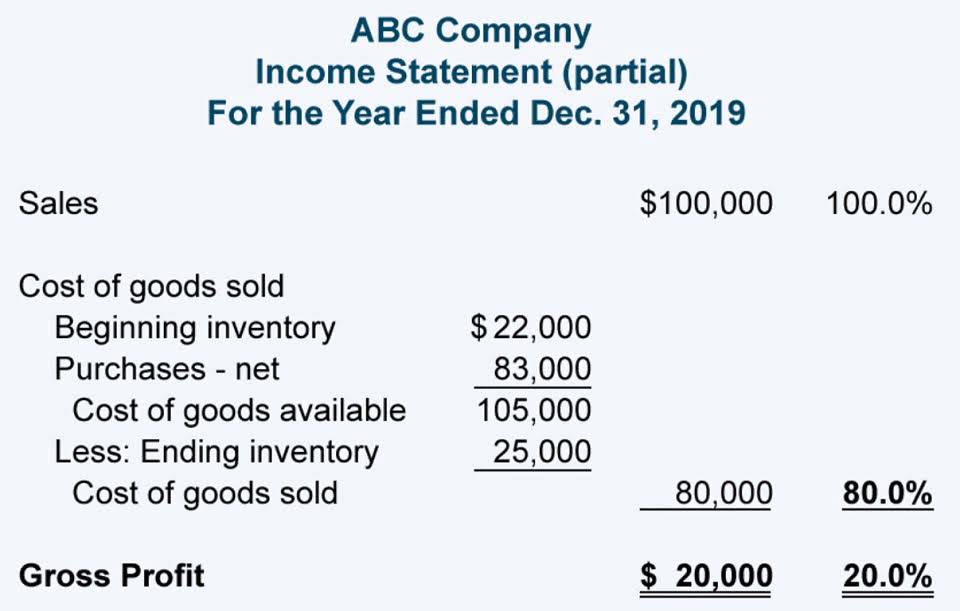
Financial calculators (you can find them online) also have the ability to calculate these for you with the correct inputs. Because of the time value of money, money received or paid out today is worth more than the same amount of money will be in the future. By the same logic, a lump sum of $5,000 today is worth more than a series of five $1,000 annuity payments spread out over five years. The term “annuity” refers to the series of successive equal payments that are either received by you or paid by you over a specific period of time at a given frequency. Consequently, “future value of annuity” refers to the value of these series of payments at some future date.
Rolling 401(k)s or IRAs Into Annuities
Our mission is to provide useful online tools to evaluate investment and compare different saving strategies. You might also be interested in learning how to calculate the present value of an annuity. Andrew holds a Bachelor’s degree in Finance and a Bachelor’s degree in Political Science from the University of Colorado and specializes in finance, real estate, and life insurance.

What is the Future Value of an Annuity Formula?
- These payments can be made weekly, monthly, annually, or at any other regular interval and are often used as a means of securing a steady cash flow for an individual, typically during their retirement years.
- By grasping these basic concepts, one can better appreciate the nuances of each type of annuity and their implications for future financial planning.
- Simply put, Future Value refers to the worth of a current asset or a series of cash flows at a specified date in the future, assuming a certain rate of interest or growth.
- The formula above is for an “ordinary annuity,” which is an annuity that involves making payments at the end of each payment period.
- Or, put another way, it’s the sum that must be invested now to guarantee a desired payment in the future.
As you can see, in the case of an annuity due, each payment occurs a year before the payment at the ordinary annuity. The advanced payments immediately affect the future value of the annuity as the money stays in your bank for longer and therefore earns interest for one additional period. Therefore with https://www.bookstime.com/ the annuity due, the future value of the annuity is higher than with the ordinary annuity. It is possible to roll over qualified retirement plans like 401(k)s and IRAs into annuities tax-free. After all, these retirement savings accounts do have the primary purpose of providing income in retirement.
- In case you forgot, below are some of the annuity choices you made when setting up your account.
- Unlike spreadsheets and financial calculators, there is no convention of negative numbers in our future value of annuity calculator and only positive values must be entered.
- Aimed at the FIRE movement, this calculator helps individuals determine how much they need to save to retire early.
- These recurring or ongoing payments are technically referred to as “annuities” (not to be confused with the financial product called an annuity, though the two are related).
- Immediate annuities start paying out right away, while deferred annuities have a delay before payments begin.
What Can Change the Future Value of Annuity?
The higher the discount rate, the lower the present value of the annuity, because the future payments are discounted more heavily. Conversely, a lower discount rate results in a higher present value for the annuity, because the future payments are discounted less heavily. Secondly, calculating the future value of an annuity assists in making informed decisions about financial products and investment strategies. By understanding how much a series of payments will be worth in the future, one can compare different investment options, assess risks, and align financial decisions with long-term objectives. The present value of an annuity is the total value of all of future annuity payments. A key factor in determining the present value of an annuity is the discount rate.
Surrender Charges–This only applies when canceling or “surrendering” an annuity. In most cases, it only applies to the beginning 5 to 9 years of the life of an annuity, but some plans may be subject to a surrender charge for as long as 15 to 20 years. It is possible to find annuities that don’t have surrender charges, but these likely require higher annual expenses. Surrender charges can also be called contingent deferred sales charges or back-end sales load. Most people use annuities as supplemental investments in combination with other investments such as IRAs, 401(k)s, or other pension plans. Many people find that as they get older, investment options with tax shields approach or reach their contribution limits.
Looking For A Financial Advisor?
It considers current savings, desired retirement age, expected lifestyle expenses, and other financial variables. In terms of situational analysis, the choice between these two depends largely on the payment schedule and financial goals. An Ordinary Annuity is preferable future value of an ordinary annuity when payments are more feasible at the end of a period, such as saving from a monthly salary. Annuity Due is more suitable when early payment is possible or desirable, such as in pension plans where early receipt is beneficial for covering immediate expenses.
You buy an annuity either with a single payment or a series of payments, and you receive a lump-sum payout shortly after purchasing the annuity or a series of payouts over time. For example, you could use this formula to calculate the present value of your future rent payments as specified in your lease. Below, we can see what the next five months would cost you, in terms of present value, assuming you kept your money in an account earning 5% interest.
Quick Pros and Cons of Annuities
